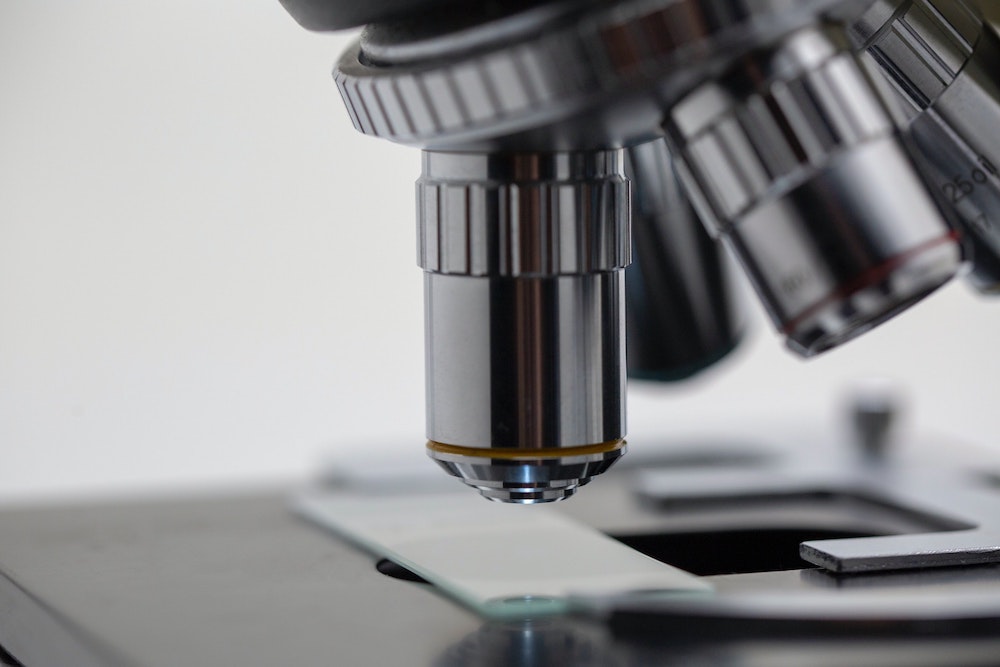Three functional subtypes of cancer-associated fibroblasts (CAF) can guide the designing of personalized treatment for lung cancer patients, according to a new LCRF-funded study published in Cancer Cell.
Solid tumors like non-small cell lung cancer (NSCLC) contain at least three major cellular components: cancer cells, immune cells, and CAFs. The current personalized cancer treatment paradigm predominantly focuses on targeting the cancer cells (e.g., oncogene-specific inhibitors) and the immune context (e.g., immune checkpoint blockade) of a tumor. And it remains unclear whether CAF can be leveraged for designing more personalized treatment.
Major Findings
- Researchers identify that cancer-associated fibroblasts (CAFs) derived from non-small cell lung cancer (NSCLC) patients are functionally heterogeneous.
- These functional distinctions directly impact response to clinical anticancer treatment and associate with the tumor immune microenvironment.
- Thus, CAFs functional heterogeneity defines a unique parameter for designing more personalized treatments.

Unlike cancer cells that are readily distinguishable based on genomic aberrations, the characterization of CAFs heterogeneity has been historically challenging. As a result, previous attempts to universally target and broadly deplete CAFs rarely improved patient outcomes in the clinic. “We need a new approach to characterize the CAFs. Importantly, we need to gain a comprehensive understanding of different CAFs’ biological function and their clinical significance,” says lead author Haichuan Hu, MD, PhD, an Instructor in Medicine at MGH Cancer Center and Harvard Medical School.
In the Cancer Cell paper, the researchers take a unique approach to derive CAFs from lung cancer biopsies tissues. They compile a large collection of such patient-derived models that constitutes a living biobank of CAFs. Of note, this CAF biobank encompasses a broad molecular spectrum of CAFs in clinical NSCLC. Therefore, the researchers can test the CAFs in the lab and compare their therapeutic impacts with the corresponding patients’ treatment responses in the clinic. By functionally interrogating CAFs heterogeneity using the same therapeutics received by patients, they identify three functional subtypes: (1) those robustly protective of cancers and highly expressing HGF and FGF7, (2) those moderately protective of cancers and highly expressing FGF7, and (3) those providing minimal protection and recruiting immune cells. Therefore, patients carrying the first two subtypes of CAFs may benefit from enhanced combinatory therapies targeting MET (HGF receptor) and FGFR (FGF receptor), and patients carrying the third subtype of CAFs may benefit further from immuno-oncology strategies.
The MGH researchers further demonstrate that these functional subtypes of lung CAFs associate with patients’ clinical outcomes to targeted therapies, and CAFs’ functional distinctions are governed by their intrinsic TGF-beta signaling pathway activities.
For the first time, the researchers show the functional landscape of the broad spectrum of CAFs in lung cancer. And the vast distinctions in CAFs’ therapeutic and clinical impacts make it critical to refining the mainstream anticancer treatments based on this unique parameter. Biologists often refer to cancer as an echo system that every cell matters during clinical management, Dr. Hu further notes, “with many ongoing endeavors like this one, I am optimistic that one day that a fully personalized lung cancer treatment plan can be developed by taking into account the specific feature of each cell in a patient’s tumor.”
This work is supported by grants from the Lung Cancer Research Foundation, NIH, Wellcome Trust, MGH Cancer Center, LUNGevity, National Human Genome Research Institute, and Guangzhou Health Care Collaborative Innovation Major Projects.
Other key contributing authors on this work include Zofia Piotrowska, MD, MHS; Aaron N. Hata, MD, PhD; Lecia V. Sequist, MD, MPH; Cyril H. Benes, PhD, Matthew J. Niederst, PhD, and Jeffrey A. Engelman, MD, PhD.
Hu et al., Three subtypes of lung cancer fibroblasts define distinct therapeutic paradigms, Cancer Cell (2021)
